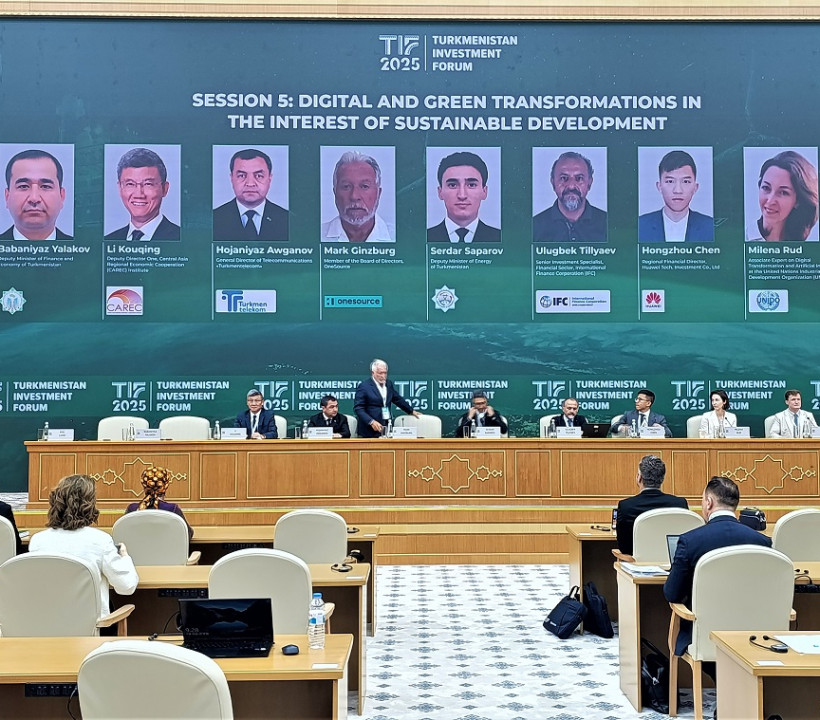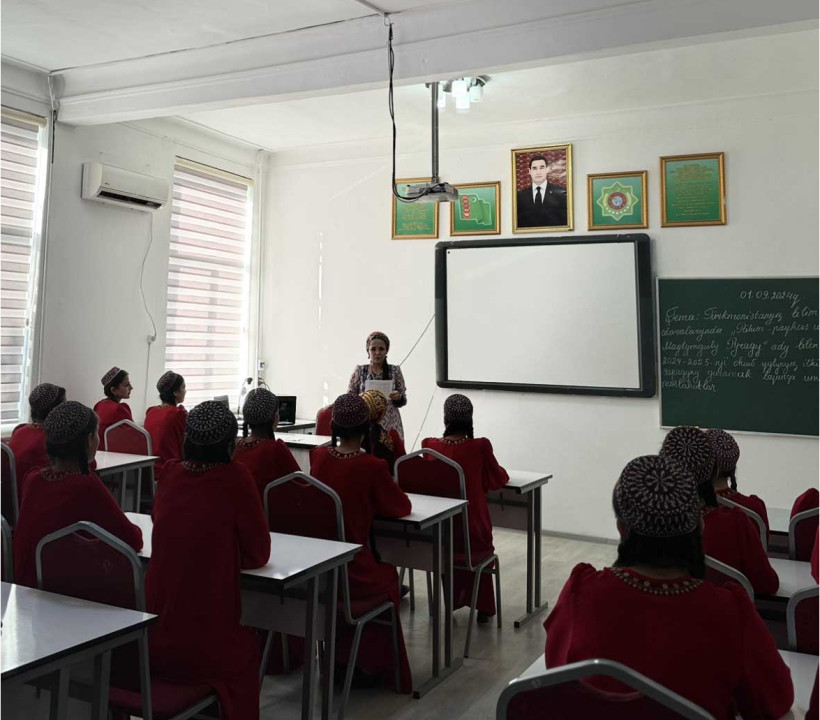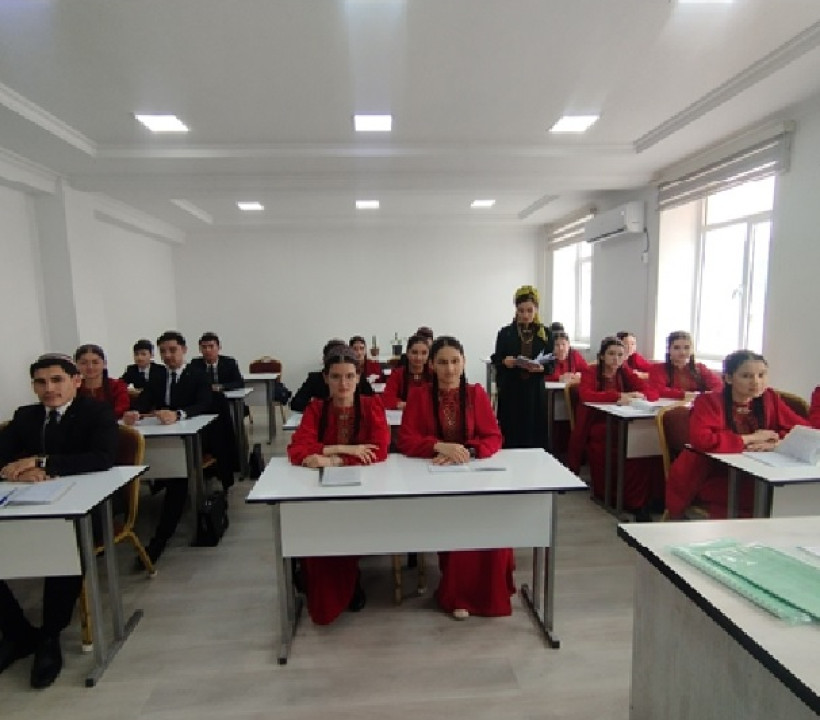Smart technologies in our lives
Currently, significant reforms are being implemented in education of a strategic nature. In our country, along with quality education, modern education of the younger generation is also considered important. Taking into account the experience of developed countries, our respected President creates all opportunities for the healthy development of our youth physically and spiritually.
Currently, all the latest scientific achievements are being implemented both in our country and in other countries of the world. It is worth noting that digital technologies are being implemented in the education system. With the expansion of science and economic power of any country, the level of its innovative development is assessed. Today, in our country Turkmenistan, which is strengthening its position among the developed countries of the world, work is being carried out at a high pace on the innovative development of the country and its transition to a digital system. Digital technologies are used in all economic systems. At the basis of this activity, first of all, it should be noted that our President had high goals.
Technology is an art whiçh is created by people for human use. The word “Technology” comes from the Greek words techne (skill, skill, art) and logos (science). Based on this, it can be noted that technology is the science of human activity. Modern technology includes scientific knowledge and discoveries. The main functions of the technology includes saving labour and resources (extracting steel from scrap metal, paper, etc.), conservation and information tasks.
Smart technology is artificial intelligence created by humans that detects a need and addresses it using built-in functions. Based on the phrase of scientists and inventors “Keep it simple, keep it simple!” many smart technologies have been created.
As an example of the above, calculators were the first smart technology developed. In 1500, Peter Hahnlein, from Germany, invented the first small clock using a bead. In 1762, John Harrison invented the pocket watch. At the end of that century, wristwatches appeared, but mostly women wore them as bracelets. But in 1904, aviator Alberto Santos Dunon invented the stopwatch to keep his hands free while flying. As a result, the human body became the main place for attaching watches. The first smart watches were created in 1975 by Hamilton Watch. These calculator watches went down in history as the first smart watch. From 1975 to this day, smart watches and other smart technologies have been created with many functions built into them.
Prepared by teacher: Suray Sarykhanova





